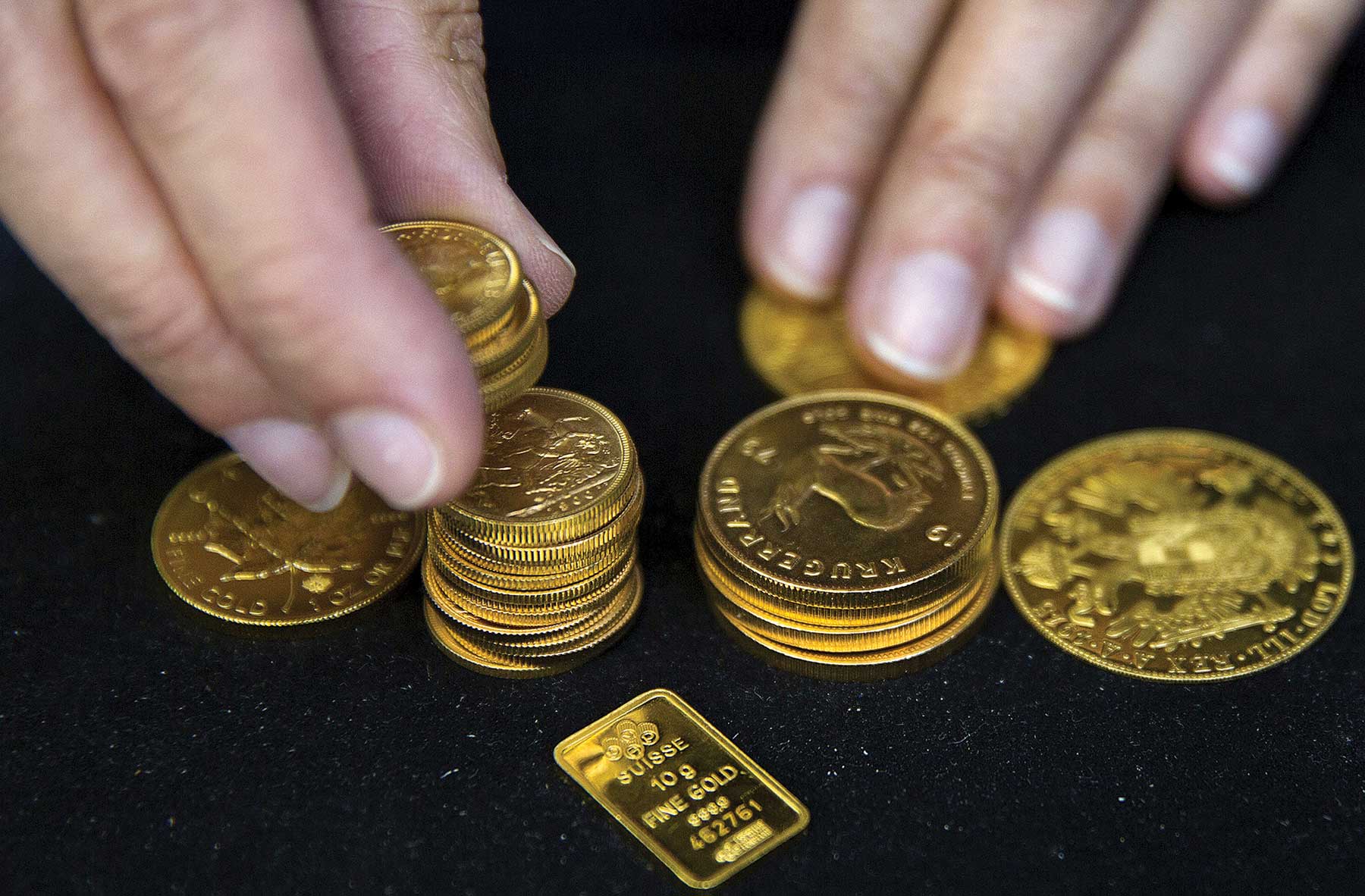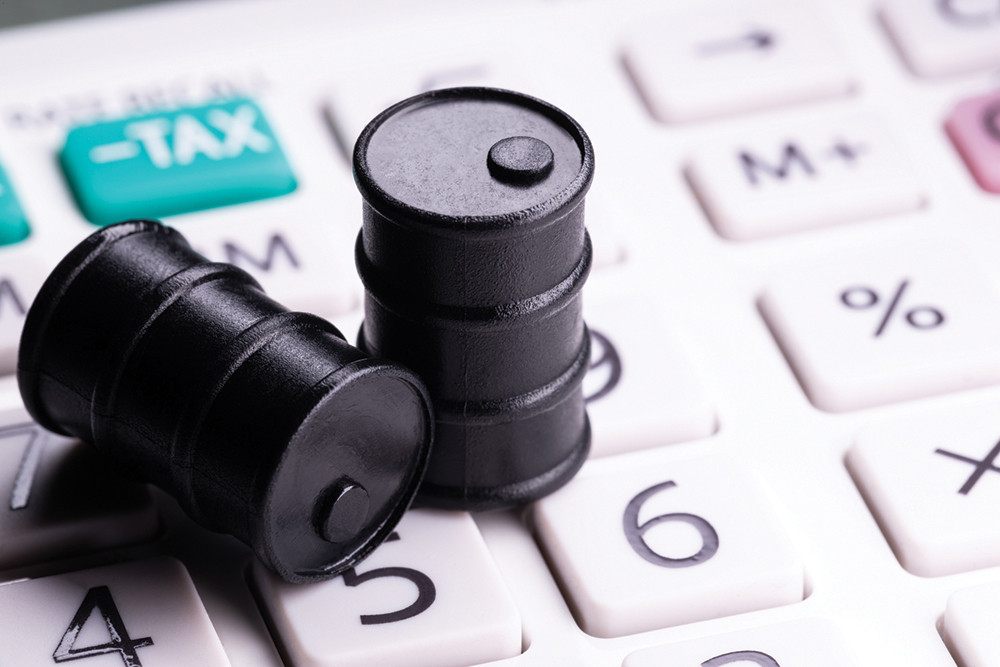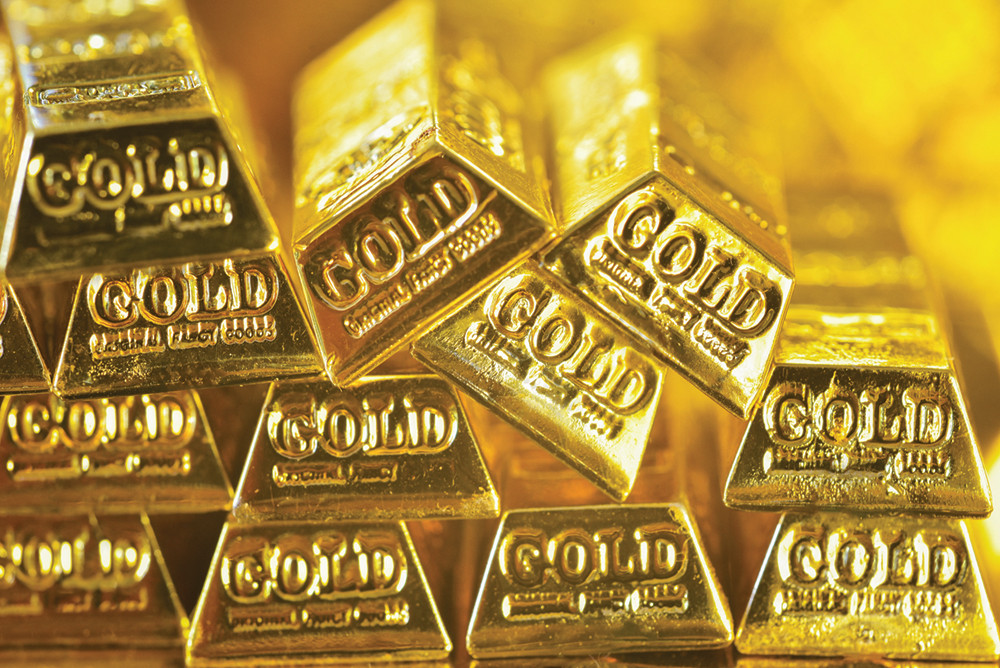
The whirlwind nature of the global economy has continued into the second half of the year. The impact of BREXIT has been identified in every nook and corner of the globe with the decision of Great Britain to leave the European Union influencing recent activities of numerous central banks. The first week of August signaled the intentions of various apex monetary institutions to boost the growth of their respective economies by lowering interest rates. In the integrated global financial markets of today, where one decision influences all asset classes available for trading, the second half of the year will inevitably be driven by the central bank’s activities once again. Gold has been rallying since the commencement of 2016 when it began at $1062.32 per troy ounce. The prices had inclined by 29% to attain the highest price in 2016 i.e. 1375.11 per troy ounce on 10 July on the back of BREXIT. Although the prices of most commodities are driven by demand and supply equation, gold is also heavily influenced by the nature of affluent economies especially USA among others.
Correlation of Interest Rates and Gold
There is an existence of a strong negative correlation between gold and interest rates. As interest rate increases, it makes bonds and other fixed-income assets more attractive. Money will ultimately flow into these high-yielding alternatives including bonds and money-market instruments leaving gold, which offers no yield at all, in dire straits. However, when a fall in the interest rates comes along, it offers an opportunity to move the money back into gold since fixed income assets are no more offering traders the returns it once offered. Hence, the demand for alternative instrument including gold accelerates.
In history, we have witnessed that whenever the central bank raises interest rates, the price of gold crashes and vice versa. Although another school of thought argues against the proposed notion, historical evidence has proved otherwise.
Federal Reserve
After seven years of the most accommodative monetary policy, Federal Reserve had hiked the interest rates from 0.25% to 0.50%, an increase by 25 basis points, in December 2015. With due consideration to the improved economic outlook primarily attributed to the strengthening of the labor markets, Federal Reserve had initiated this move to signal that the economy was finally on the road to prosperity. As a result, the greenback came back into favour with traders and gold plunged to record $1046.30 per troy ounce, the lowest since February 2010.
Reserve Bank of Australia
After the shocking exit of Britain which drove the prices of gold to $1375.11 per troy ounce, the markets had fallen in the aftermath. However, August began with the Reserve Bank of Australia cutting its cash rate to 1.50% from the earlier 1.75%, a decision that was expected among market practitioners. The board stated, “that prospects for sustainable growth in the economy, with inflation returning to target over time, would be improved by easing monetary policy at this meeting”. This lead to the rise in the gold prices, attaining a high price of $1367.23 per troy ounce in international markets.
Bank of England
After the turbulence of BREXIT, the apex monetary institution, Bank of England decreased the official bank rate to 0.25% from 0.50% on 4 August, in a move to counter the exit. In a unanimous vote, all nine Monetary Policy Committee members had voted for cut in interest rates, a record-low for the nation. Gold prices had rallied with global uncertainty becoming the theme of the markets.
Future Expectations
From the recorded evidence presented above, it is visible that whenever a central bank introduces a rate hike (Federal Reserve) or a rate cut (Reserve Bank of Australia and Bank of England), the bullion markets have reacted negatively. Bank of Japan was also widely expected to introduce monetary stimulus i.e. injecting more yen into their economy, but in a surprising move, they withheld the temptation at the end of July.
The markets have been rife with stories of an increase in the rate hike by the Federal Reserve in the not too distant future. The timing of the rate hike seemed to be postponed given the headwinds from the global economy. However, if the market rumor is believed to be true, the rate hike is widely considered to be announced in September given the reports and data emerging from the largest economy continues to paint a strengthening picture. Although, market participants cannot predict the rate hike in surety, an important facet cannot be ignored. As the adage goes-“History Repeats Itself”, gold prices can tumble tremendously from its current levels when the announcement occurs. The question now is - When?
Vivek Risal, is associated with Mercantile Exchange Nepal Limited in the capacity of Manager in Research and Development Department.






